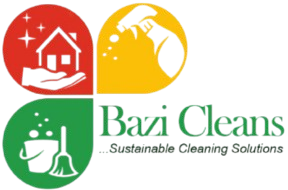Keeping a home clean goes beyond just dusting and vacuuming. Certain areas in our living spaces are more sensitive to dirt, germs, and allergens, making them critical to clean regularly. Neglecting these sensitive spots can lead to bacterial growth, mold formation, and potential health issues. In this guide, we’ll explore the top 10 most sensitive places to clean in a home and the best methods to keep them thoroughly sanitized.
1. Kitchen Sink and Faucet – A Highly Sensitive Germ Hotspot
The kitchen sink is one of the most sensitive and bacteria-prone areas in a home. Food particles, soap residue, and moisture create the perfect environment for germs and mold to thrive. Regular sensitive cleaning ensures a safe and sanitary kitchen space.
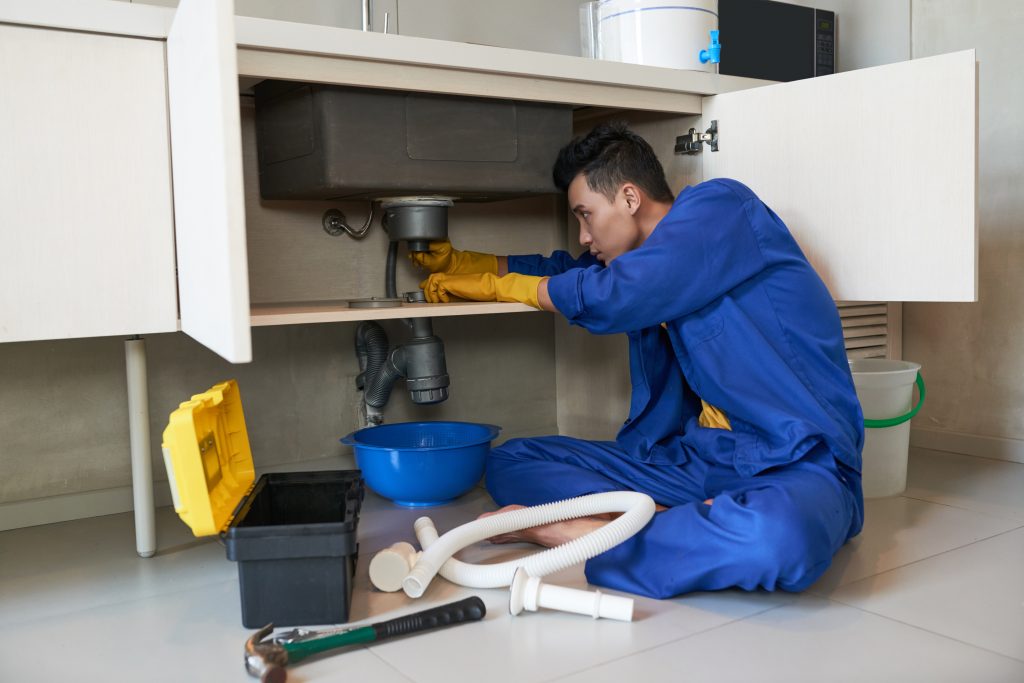
How to Clean:
- Scrub the sensitive sink with a mixture of baking soda and white vinegar.
- Disinfect the sensitive faucet and handles with an antibacterial cleaner.
- Use a drain cleaner weekly to prevent sensitive clogs and bacterial buildup.
- Pour boiling water down the drain to kill bacteria in this sensitive area.
2. Cutting Boards and Countertops – Sensitive Surfaces for Food Prep
Cutting boards and kitchen countertops are sensitive surfaces that come into direct contact with raw food, making them hotspots for cross-contamination and bacteria.
How to Clean:
- Wash sensitive cutting boards immediately after use with hot soapy water.
- Disinfect sensitive countertops with a diluted bleach solution or a vinegar-based cleaner.
- Avoid using the same sensitive cutting board for raw meat and vegetables.
- Replace wooden cutting boards that develop deep cracks, as they become more sensitive to bacterial growth.
3. Bathroom Sink and Faucet Handles – A Sensitive Hygiene Concern
Bathroom sinks and faucets accumulate toothpaste residue, soap scum, and bacteria from frequent use, making them highly sensitive areas that require regular cleaning.
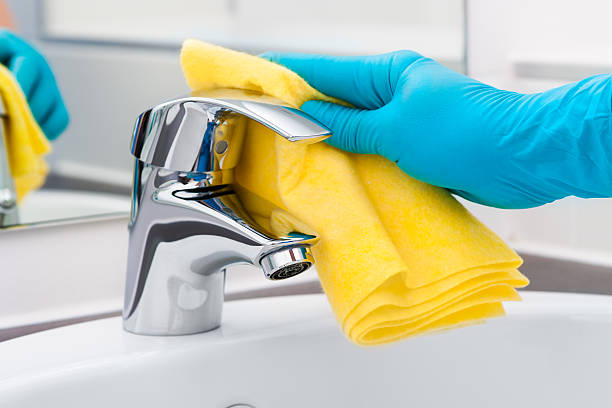
How to Clean:
- Wipe down sensitive faucets daily with disinfecting wipes.
- Use baking soda and vinegar to scrub the sensitive sink and remove stains.
- Disinfect sensitive handles and surrounding areas at least twice a week.
- Consider installing automatic faucets to reduce contact with sensitive surfaces.
4. Toilet and Flush Handle – One of the Most Sensitive Areas for Germs
Toilets and flush handles are extremely sensitive breeding grounds for bacteria, including E. coli. Regular sensitive cleaning is essential to prevent the spread of germs.
How to Clean:
- Use a sensitive toilet bowl cleaner and scrub the inside weekly.
- Disinfect the sensitive toilet seat, lid, and flush handle daily with antibacterial wipes.
- Keep a dedicated toilet brush for sensitive deep cleaning.
- Use an automatic toilet bowl cleaner to maintain freshness in this sensitive area.
5. Shower and Bathtub – Sensitive to Mold and Mildew
Moist environments like showers and bathtubs encourage mold and mildew growth, which can cause respiratory issues and allergies. These sensitive spaces need frequent cleaning.
How to Clean:
- Spray an anti-mold solution after each use to protect sensitive surfaces.
- Scrub sensitive tiles and grout with a brush and bleach solution once a week.
- Replace sensitive shower curtains regularly and clean sensitive showerheads to prevent buildup.
- Keep bathroom windows open or use an exhaust fan to reduce humidity in this sensitive space.
6. Door Handles and Light Switches – Sensitive High-Touch Zones
Hands frequently touch door handles and light switches, transferring dirt, oil, and bacteria to these sensitive surfaces.
How to Clean:
- Wipe sensitive handles and switches with disinfectant wipes daily.
- Use a cotton swab and rubbing alcohol to clean sensitive crevices.
- Consider using antimicrobial covers on these sensitive high-touch areas.
- Wash hands frequently to reduce contamination of these sensitive surfaces.
7. Remote Controls and Electronics – Sensitive to Germs and Grime
TV remotes, keyboards, and mobile phones harbor more germs than most people realize, as they are handled daily but rarely cleaned, making them sensitive to dirt and bacteria.
How to Clean:
- Wipe down sensitive electronics with a microfiber cloth and isopropyl alcohol.
- Use compressed air to remove dust from sensitive keyboards.
- Avoid eating near sensitive electronics to prevent spills and buildup.
- Disinfect phone cases weekly to maintain sensitive hygiene.
8. Mattress and Pillows – Sensitive to Dust Mites and Allergens
Dust mites, dead skin cells, and sweat accumulate in mattresses and pillows over time, leading to allergies and respiratory issues in these sensitive areas.
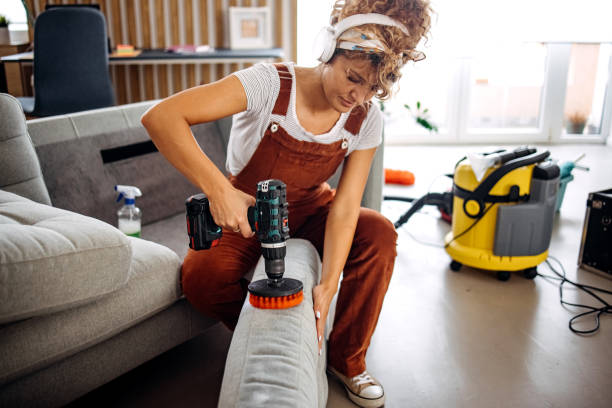
How to Clean:
- Vacuum the sensitive mattress monthly to remove dust mites.
- Wash sensitive pillowcases and sheets weekly in hot water.
- Use a sensitive mattress protector and wash it regularly.
- Rotate and air out your sensitive mattress every few months.
9. Refrigerator and Microwave – Sensitive to Food Contamination
The refrigerator stores fresh food, but without regular sensitive cleaning, it can become a breeding ground for bacteria. Microwaves collect food splatters and odors, making them equally sensitive to grime.
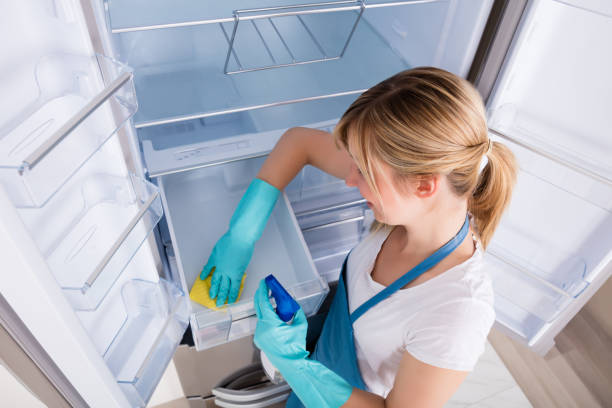
How to Clean:
- Wipe down sensitive shelves and drawers in the fridge with a baking soda solution weekly.
- Clean the sensitive microwave by heating a bowl of water with lemon slices, then wiping down the interior.
- Throw away expired food and clean sensitive spills immediately.
- Keep an open box of baking soda in the fridge to reduce sensitive odors.
10. Pet Areas and Toys – Highly Sensitive to Bacteria and Odors
If you have pets, their feeding areas, beds, and toys can accumulate germs, fur, and odors, making them highly sensitive zones that require constant cleaning.
How to Clean:
- Wash sensitive pet bowls daily with hot soapy water.
- Vacuum and clean sensitive pet beds weekly to remove hair and dander.
- Sanitize sensitive toys by soaking them in a vinegar-water solution.
- Regularly groom your pets to reduce shedding in sensitive areas.
Final Thoughts – Maintaining a Hygienic Home by Prioritizing Sensitive Cleaning
Cleaning your home is more than just aesthetics—it’s about maintaining a safe and healthy environment by focusing on these sensitive places. Prioritizing sensitive areas such as kitchens, bathrooms, and high-touch surfaces helps prevent the spread of bacteria, allergens, and mold. Establishing a regular sensitive cleaning routine will ensure a fresh and hygienic living space for you and your family.
Do you have any special sensitive cleaning tips for these sensitive spots? Share them in the comments below!
